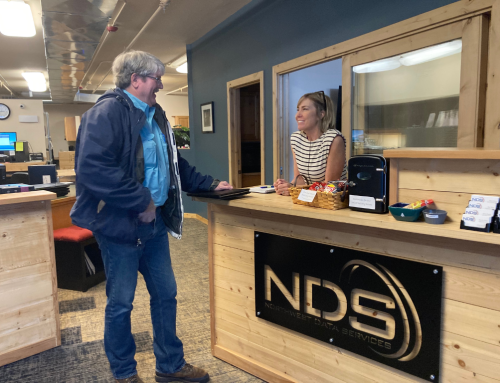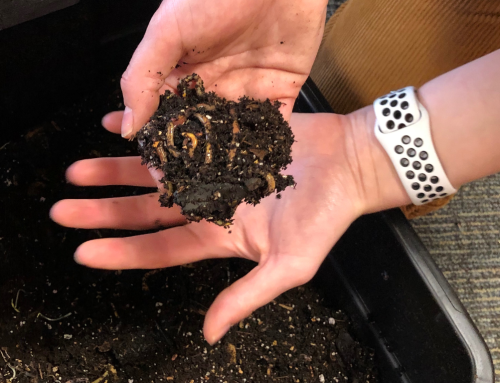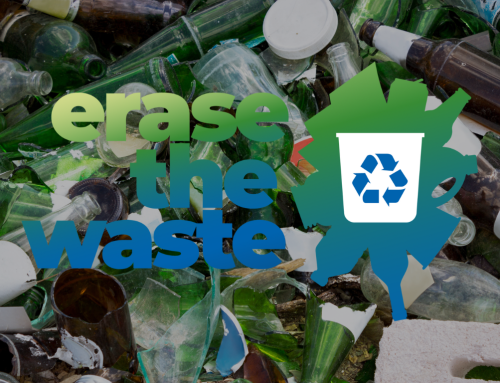JULY 3, 2017 BY
In the U.S., an average family of four wastes 40% of food purchased, which is $1,500 per year. Reducing food waste is the simplest action you can take to save money and conserve resources.
Many people are motivated right now to reduce their carbon footprint but are not sure how. Out of the three R’s–Reduce, Reuse and Recycle–reduce is the first action you can take to keep food waste out of the landfill and lessen your impact on the climate. And now, with no local commercial compost option, it is more important than ever to look “upstream” and reduce food waste before it happens.
Living in a rural community, we face unique challenges when it comes to waste, so it is our responsibility to buy with intention and have a waste reduction plan in place. While composting is a better alternative to landfilling food waste, we now have no industrial composting option, and the prevalence of bears makes home composting difficult. Therefore, looking upstream and preventing waste before it is produced is the first solution to reducing carbon emissions and keeping food waste out of the landfill. Using the EPA’s four food waste reduction strategies is a simple change you can make that will reduce the amount of food you throw away and positively impact your wallet and our Valley.
This past spring, YVSC facilitated a pilot Food: Too Good to Waste Challenge encouraging households to measure and reduce preventable food waste by using the EPA’s strategies: Smart Shopping, Smart Storage, Smart Prep and Smart Saving:
- By shopping smarter (buying only what is needed based on a meal plan and grocery list) finding produce rotting in the fridge becomes a rarity.
- Storing food properly keeps food fresh longer and avoids spoilage. Learning to use fridge space properly and keeping some items out of the fridge extends shelf life, reducing your food waste.
- Prepping fresh produce right after shopping will make it easier to fix a quick and healthy meal later in the week saving money, effort and time.
- Smart saving is eating what you buy and prepare, even if it means leftover pasta for lunch two days in a row.
Utilizing these resources will help you save money and decrease emissions of methane–a powerful greenhouse gas. For more food waste reduction resources, visit www.yvsc.org/waste-diversion/food-waste. YVSC plans to offer the six-week Food Waste Challenge again in the fall, so if you are interested in participating, contact cameron@yvsc.org.
In addition to the Food Waste Challenge, YVSC has additional educational events to learn about sustainable food production and waste reduction. At the August 19 Farmers’ Market, YVSC will be hosting a Waste Reduction Round-Up with short presentations and workshops on diverting waste. Local food production will be the focus of YVSC’s annual Garden Tour at Elkstone Farm on August 24. Come learn more about permaculture practices in the Yampa Valley and the environmental benefits of this holistic farming method. Tickets are $20 and available online at www.yvsc.org.
Written by Cameron Hawkins, Waste Diversion Director, YVSC






